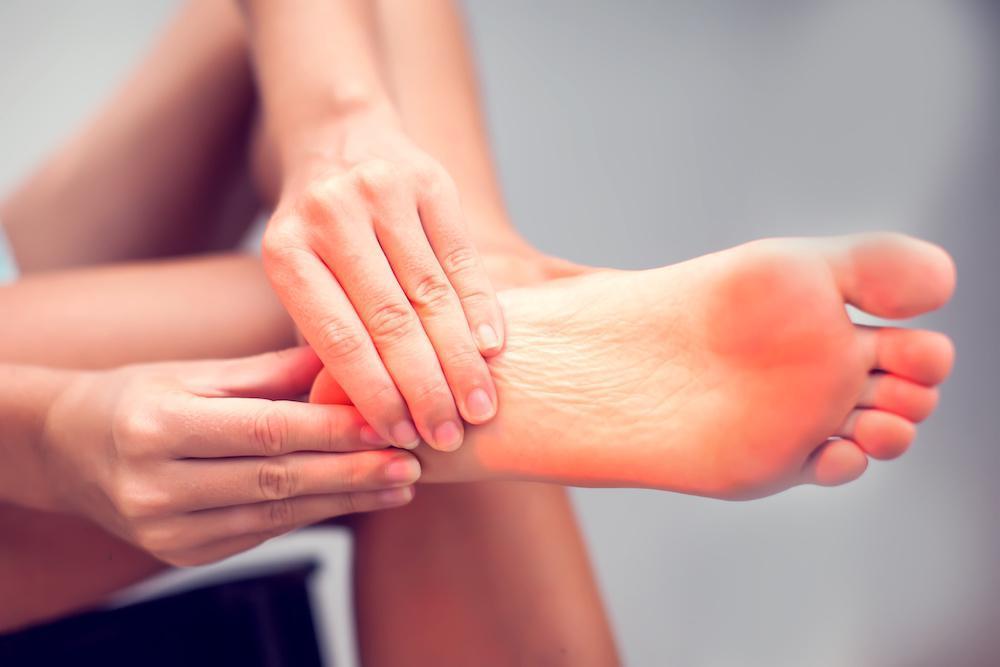
Managing Joint Pain During the Holidays: A Survival Guide
Joint pain can be difficult to manage during the holiday season. Changes in routine, travel, and time away from home may result in a painful flare-up. With this guide, keep your pain under control.
Nov 20th, 2025





































































